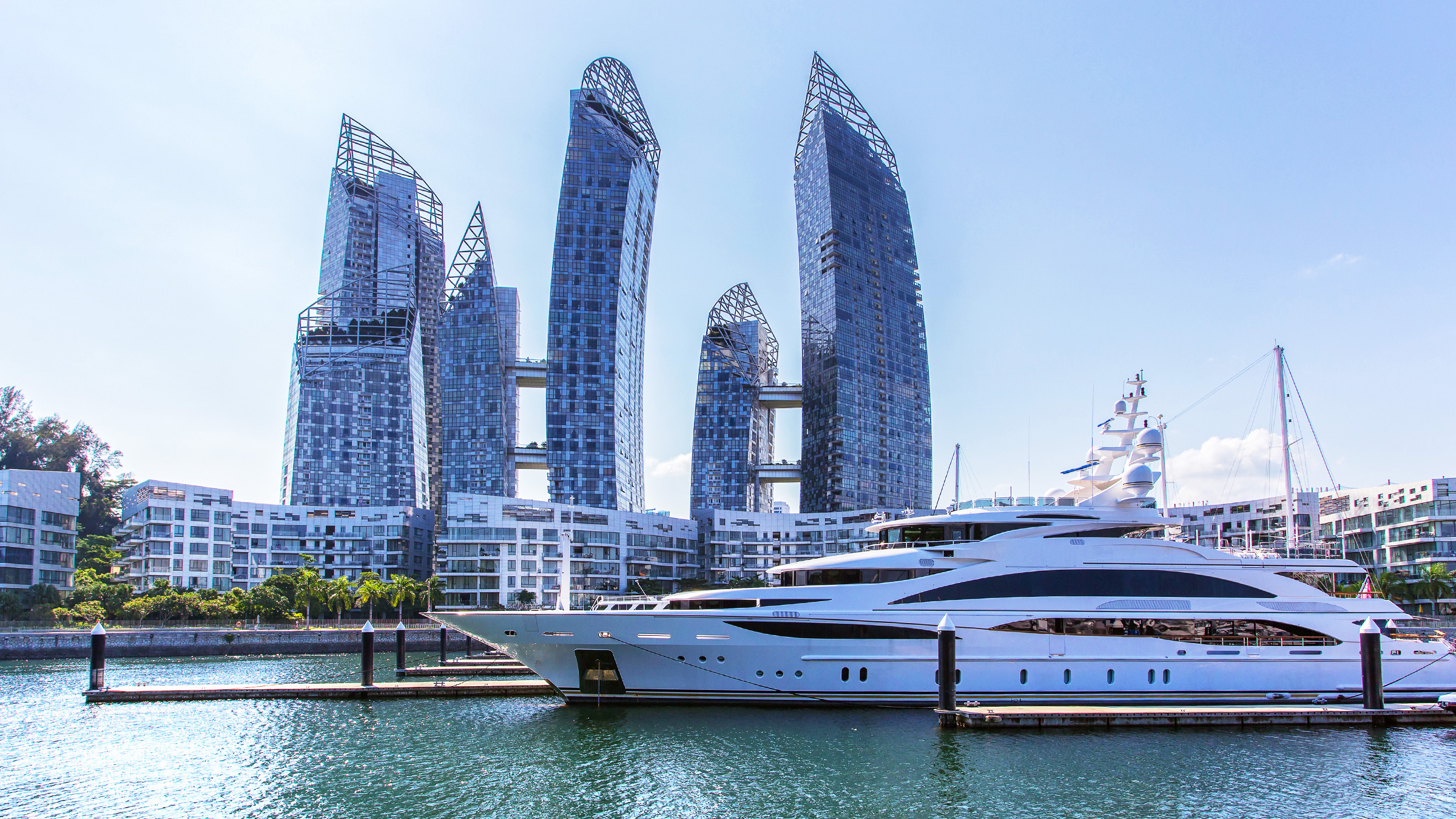While the world has largely been battered by the pandemic-induced crisis, Singapore emerged from the pandemic relatively unscathed.
With some of the lowest fatality rates in the developed world at 228 per million (outranked only by New Zealand at 162 and Taiwan at 38, though growing), with no debt incurred to prop the economy up (thanks to its large financial reserves) and continuously low unemployment, the city-state is among the best, if not the best, performer in these turbulent times.
While Singaporean economy was affected by COVID-19, the country has been able to control the virus to a large extent. This coupled with quick restart of domestic economic activity and government stimulus, Singapore was able to register growth of 7.5 per cent in the value of its retail savings and investments market in 2020, boosting its affluent population which grew by 5.9 per cent during the same period.
– Ravi Sharma, Lead Banking and Payments Analyst at GlobalData
This success is not only revealed in national statistics, but also in the individual levels of affluence of the Singaporean population, tracked and reported by GlobalData’s Wealth Market and Retail Investments Analytics.
Among many other data points, the company tracks the population of the affluent in different countries, defined as all individuals 20 years or older, divided into two categories: mass-affluent (those with liquid assets of US$50,000 to US$1 million) and high-net worth individuals (with liquid assets over US$1 million).

Image Credit: GlobalData
According to its latest findings and forecasts:
- Despite the pandemic, the number of the affluent in Singapore has grown by 137,000 people between 2019 and 2021
- Their proportion in the society has increased from 26.6 per cent to 30.6 per cent
- Growth has been recorded among both the mass-affluent and high-net worth individuals (HNWIs)
What does it reveal about Singapore?
First of all, while the percentage of total crossed the 30 per cent mark, it was clearly aided by the overall drop in population by 200,000 people during the pandemic. At the same time, however, the absolute numbers of the affluent have grown despite this outflow.
Secondly, even as the population is expected to rebound with border reopening, more people are expected to join the ranks of the wealthy — both in absolute terms and as a percentage of the society — with 1.7 million and 35 per cent respectively expected by 2026 (by GlobalData’s forecasts, it works out to 3.7 per cent compound annual growth rate (CAGR).
Finally, both categories of HNWIs and the broad mass-affluent have increased since 2019 — what suggests that it’s not only the very rich who have weathered the storm well — and it was largely thanks to rebounding equities, which lifted all boats even as the waters were far from calm:
Among investments, equities were hardest hit by the pandemic with the Straits Times Index (STI) failing to recover losses in 2020. However, the market rebounded in 2021, and improved investor sentiment.
Consequently, the equity asset class grew by 7.1 per cent in 2021. The robust performance of stock market coupled with low interest rates on bank deposits has also improved the attractiveness of mutual funds as a savings and investment instrument as this asset class rose by 5.8 per cent in 2021.
– Ravi Sharma, Lead Banking and Payments Analyst at GlobalData
Generational leap
What I find most interesting, however, is the leap an entire generation is about to complete by the end of the 2017-2026 decade.
Within just 10 years, a whopping 559,000 people — in a country of roughly five million — will be elevated to the rank of the affluent (an increase of 52 per cent), and another 20,000 will join the HNWIs (an increase of 54 per cent).
With 1.638 million and 57,000 respectively, they will make up around 35 per cent of the population in 2026 — more than one in every three people in Singapore — each with at least US$50,000 (more than a year’s worth of the local median salary) purely in liquid assets.
While it isn’t exactly Crazy Rich Asians’ rich, it does mean that:
- A large portion of the society has a healthy sum of money available for further investment, and
- A growing number of regular people are moving up the economic ladder
And the fact that all of this has continued in spite of the global pandemic is even more admirable.
Featured Image Credit: Southtownboy, Depositphotos








